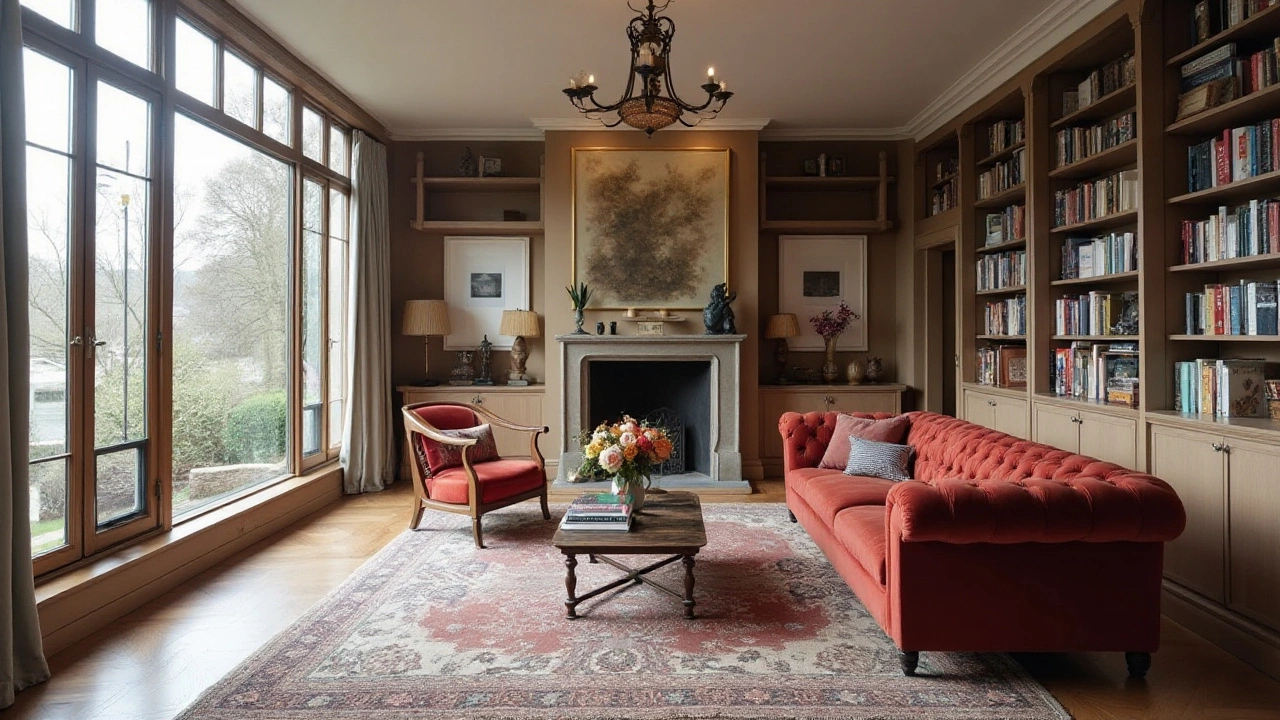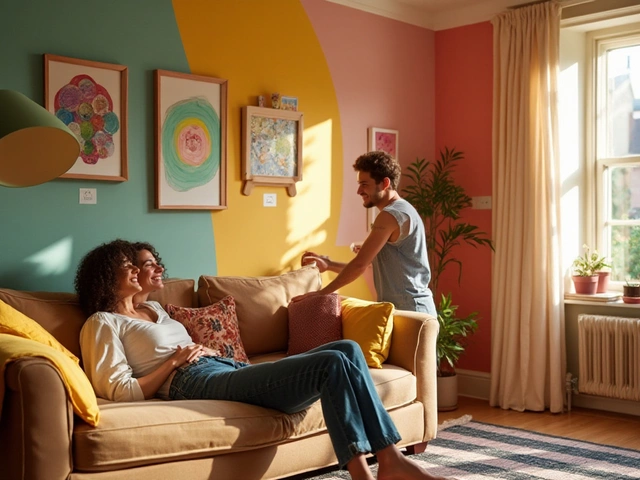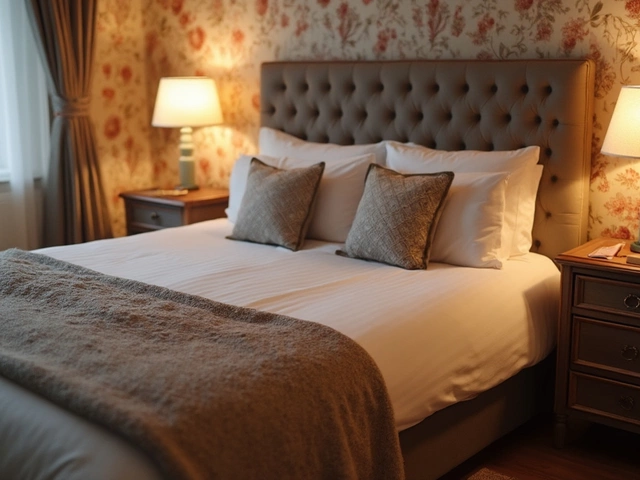Start Your Interior Design Career Today
Thinking about turning a love for rooms and style into a job? Interior design isn’t just about picking colors; it’s a mix of creativity, problem‑solving, and communication. Below you’ll find the steps that actually get you hired, the skills employers look for, and how to build a portfolio that stands out.
How to Start a Career in Interior Design
First, decide how much formal training you want. Many designers finish a diploma or bachelor’s degree in interior design, but you can also start with a short certificate if you’re on a tight budget. Look for courses that cover space planning, material knowledge, and computer‑aided design (CAD) tools like SketchUp or Revit. Those programs give you the language employers expect.
While you study, get hands‑on experience. Internships, even unpaid ones, let you see how a real firm works, meet contractors, and learn the day‑to‑day workflow. If you can’t find an internship, offer to help friends redecorate or volunteer with community projects. Real‑world projects look great on a resume and teach you how to manage budgets, deadlines, and client expectations.
After you have some basics, start building a professional network. Attend local design expos, join interior‑design groups on LinkedIn, and don’t be shy about reaching out to designers you admire. A quick coffee chat can turn into a mentorship or a job lead. Remember, most hiring managers value referrals as much as a polished CV.
Building a Strong Portfolio and Network
Your portfolio is the single most important tool you’ll have. Include a mix of school projects, freelance work, and any pro bono jobs. Show before‑and‑after shots, floor plans, mood boards, and short explanations of your design choices. Keep it online – a simple website or a Behance profile works well – and make sure the site loads fast on phones.
Every project should highlight a skill you want to be known for. For example, if you love sustainable design, feature a green‑material makeover and explain the environmental benefits. If you excel at space‑saving solutions, showcase a small apartment that feels roomy thanks to smart furniture placement.
When you apply for jobs, tailor your cover letter to the firm’s style. Mention a specific project they’ve done that inspired you and explain how your experience matches. Recruiters spot generic letters immediately, so personalize each one.
Beyond the portfolio, keep learning. Software updates happen all the time; take short online tutorials to stay current. Follow design blogs, watch YouTube channels that break down trends, and read industry magazines. The more up‑to‑date you are, the easier it is to talk confidently in interviews.
Salary expectations vary by region and experience. In the UK, entry‑level designers earn around £20k‑£28k, while senior roles can exceed £45k. Larger cities pay more, but competition is tougher. Use sites like Glassdoor to research specific firms before you negotiate.
Finally, consider niche paths if you want to stand out. Specialty areas like hospitality design, retail fittings, or healthcare interiors often pay a premium and need focused knowledge. Picking a niche early can guide your education choices and help you market yourself effectively.
Starting an interior design career isn’t a sprint; it’s a series of small, purposeful steps. Get the right education, collect real‑world experience, craft a targeted portfolio, and keep your network alive. Follow these actions and you’ll move from dreaming about beautiful spaces to being the one who creates them.






